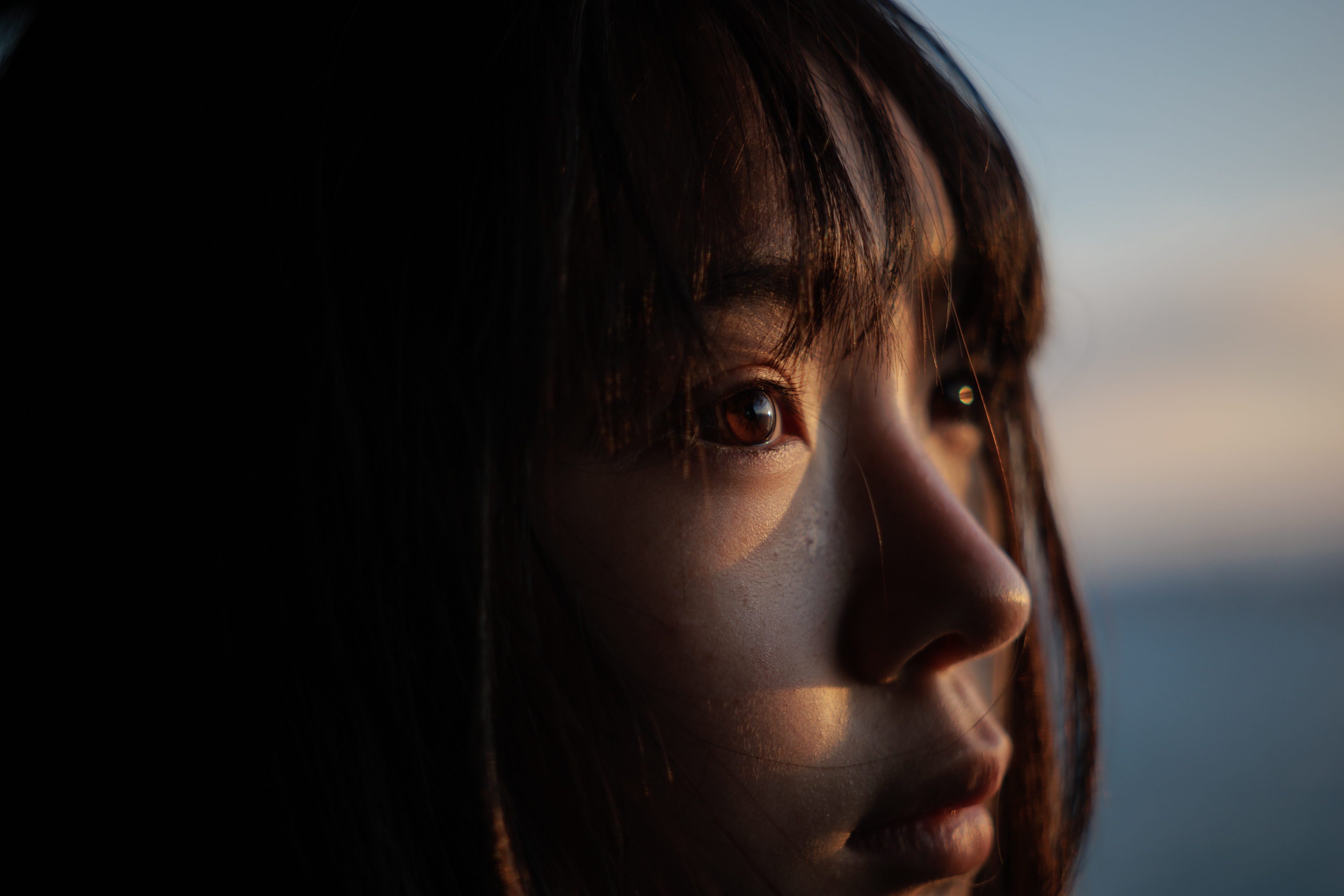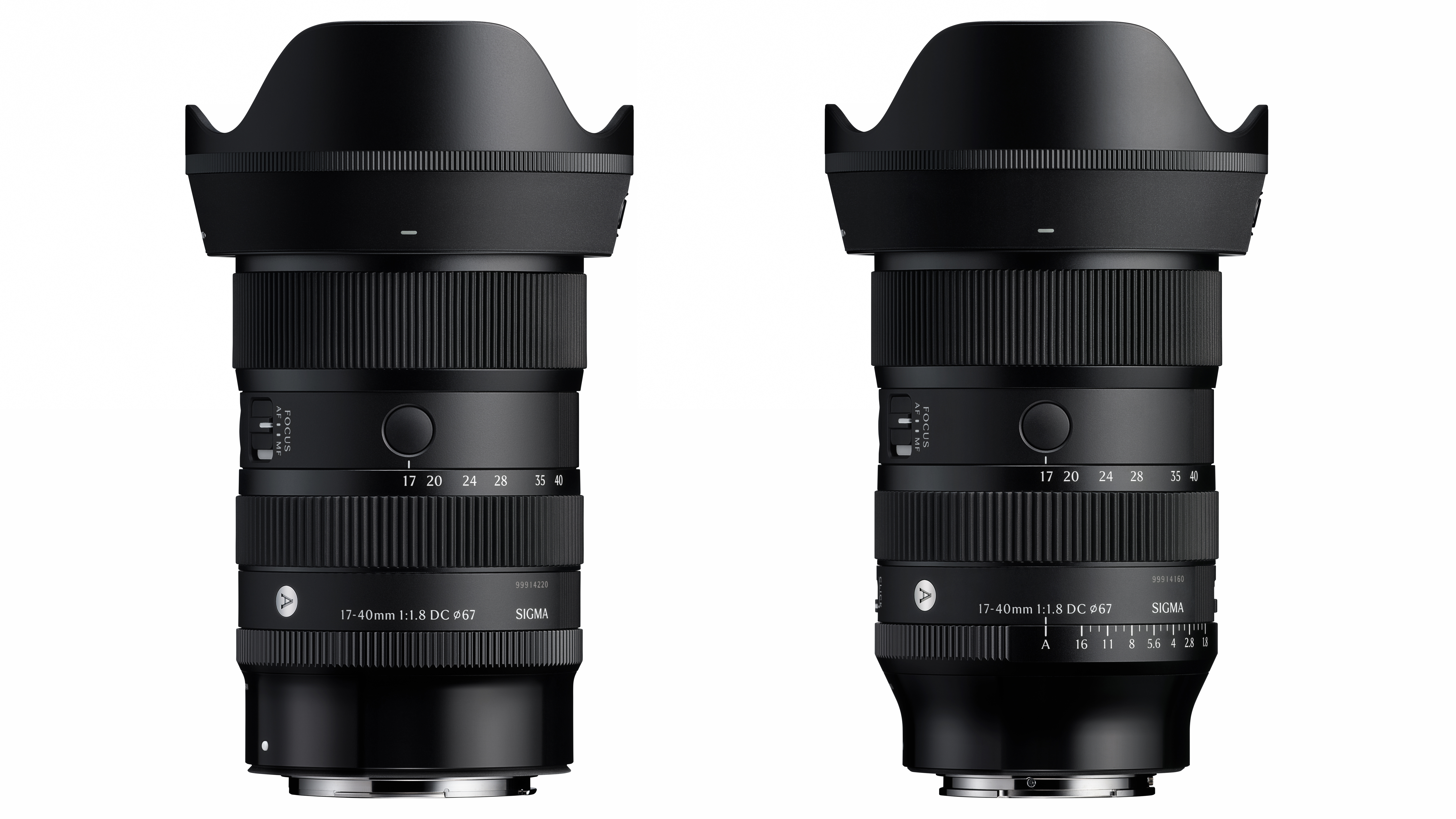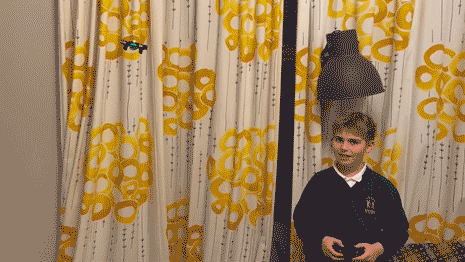Sigma announces groundbreaking 17-40mm f/1.8 Art lens for APS-C mirrorless cameras
Could this new Sigma lens become the go-to standard zoom for hybrid photography and video creators?

Just a week or so ago, I asked whether prime lenses still hold their place in a modern kit. It seems Sigma may have answered that question with the newly announced Sigma 17-40mm f/1.8 DC Art lens.
Bringing a constant large f/1.8 aperture to the 17–40mm zoom range, the lens offers the image quality of a prime with the flexibility of a zoom. Designed for APS-C mirrorless cameras, it’s one of the most compelling lens announcements of the year.
The Sigma 17-40mm f/1.8 DC Art builds on the legacy of a classic: the Sigma 18–35mm f/1.8 DC HSM Art, a lens that made waves when it launched 13 years ago for DSLRs. At the time, it was the world’s first f/1.8 constant aperture zoom, and it quickly became a favorite among photographers and filmmakers alike.
The new Sigma 17-40mm f/1.8 DC Art continues that tradition while embracing modern upgrades such as improved optics, faster autofocus, and a significant 30% reduction in weight.
Available for Sony E, Fujifilm X, Canon RF, and L mounts, the Sigma 17-40mm f/1.8 DC Art covers an equivalent 25.5–60mm focal length in full-frame terms, making it ideal for everything from landscapes and documentary work to travel and portraits.
Its constant f/1.8 aperture means it performs beautifully in low light and produces a shallow depth of field with smooth, pleasing bokeh. The optical design uses high-precision aspherical elements and advanced coatings to minimize flare and ghosting, delivering outstanding sharpness and clarity even wide open. The lens was designed to rival prime lenses in overall image quality while offering the flexibility to reframe without changing lenses.
For video shooters, the Sigma 17-40mm f/1.8 DC Art offers silent and responsive autofocus thanks to Sigma’s High-response Linear Actuator (HLA). Focus breathing is minimal, and the internal zoom mechanism keeps the lens length constant, making it ideal for gimbal use and handheld shooting.
The best camera deals, reviews, product advice, and unmissable photography news, direct to your inbox!
The lens also includes an aperture ring on the L-Mount, Sony E-mount, and Fujifilm X-Mount versions, which supports de-clicking for smooth, silent operation during video recording. On the Canon RF Mount version, the aperture ring is replaced with a control ring that can be assigned various functions via the camera, but it does not include the aperture click or lock switches. Additionally, on supported systems, the aperture ring can be locked to avoid accidental shifts during use; useful for both stills and video workflows.




Above: A sample gallery of images taken with the Sigma 17-40mm f/1.8 DC Art (RF Mount)
Despite its fast aperture, the Sigma 17-40mm f/1.8 DC Art is compact and travel-friendly, weighing in at just 535g. A completely new design brings the weight down by more than 30% compared to its predecessor, while the filter diameter drops to 67mm. The body is dust and splash-resistant, and the front element features a water and oil-repellent coating for use in demanding conditions.
Other notable features include a focus mode switch, support for Sigma’s USB Dock (for L-Mount), compatibility with mount conversion services, and for L-Mount users the ability to toggle between linear and non-linear focus ring settings. Two AFL buttons are positioned for ease of use in both landscape and portrait orientations and can be customized through the camera menu.
The Sigma 17-40mm f/1.8 DC Art lens is available to order now, with a release date scheduled for July 10, 2025, except for the Canon RF version, which will be in August. Priced at $919 / £779 / AU$1,499.95.
With its rare combination of fast aperture, compact size, and professional-grade performance, it’s set to become a go-to lens for serious APS-C shooters across both photography and video.
See our full Sigma 17-40mm f/1.8 DC Art review with lab tests
you may also like
Check out our guides to the best standard zoom lenses and the best lenses for landscapes.

Kalum is a photographer, photo editor, and writer with over a decade of experience in visual storytelling. With a strong focus on photography books, curation, and editing, he blends a deep understanding of both contemporary and historical works.
Alongside his creative projects, Kalum writes about photography and filmmaking, interviewing industry professionals, showcasing emerging talent, and offering in-depth analysis of the art form. His work highlights the power of visual storytelling.
You must confirm your public display name before commenting
Please logout and then login again, you will then be prompted to enter your display name.


